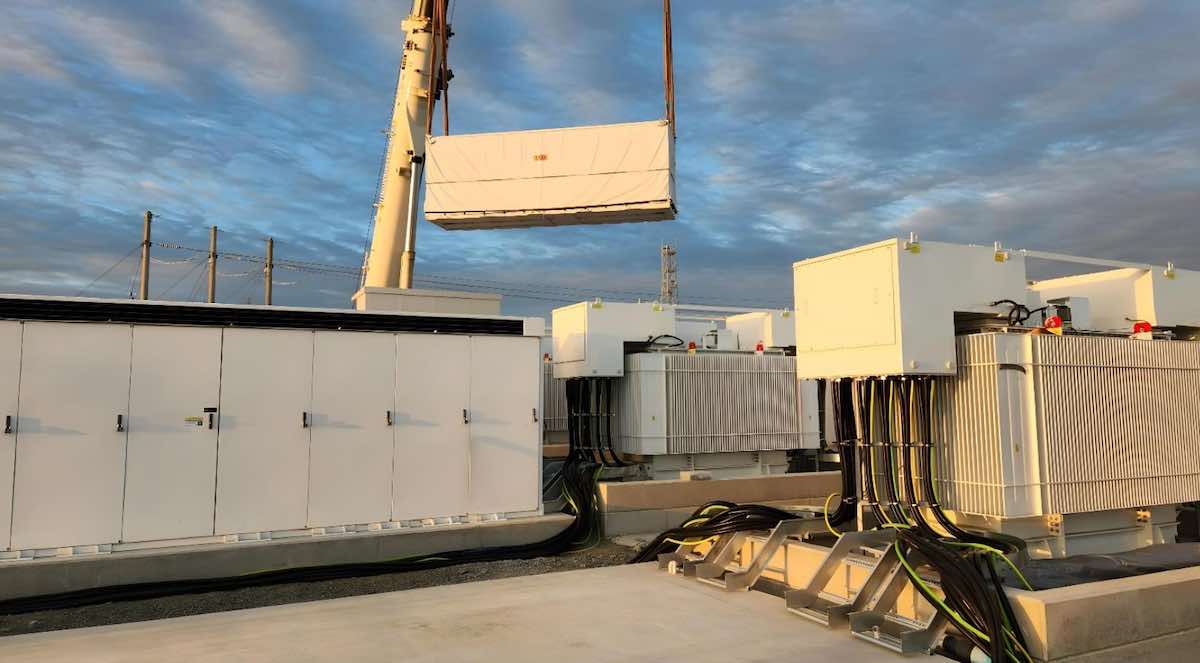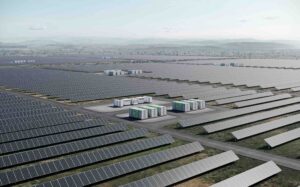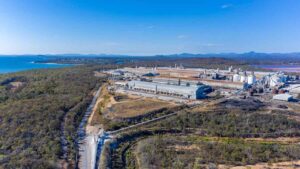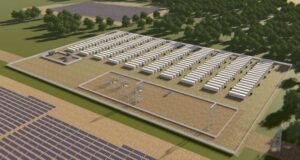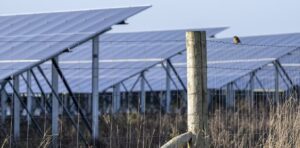When the idea of the Snowy 2.0 pumped hydro catastrophe was first bandied around in early 2017, the then Snowy Hydro boss Paul Broad was telling every credulous journalist he could find what a great deal it was – and how much better than battery storage it could be.
We wrote at the time what a complete load of cobblers these claims were, but Broad got traction in the news media and, more importantly, in the federal government. Many warned at the time it would likely be a complete disaster – but few imagined that it could be this bad.
The blow-out in costs to $12 billion – not including the wholesale rewiring of the grid to accommodate this project -is extraordinary. It’s hard to imagine the board of a private company surviving this shocking revelation, particularly when, according to the company itself, it is largely the fault of bad planning and the lack of basic due diligence.
But Snowy at the time was full of itself. Broad tried to justify the commitment to Snowy by comparing it to installing 200 million Tesla household batteries. Broad, like the rest of the Snowy team, was locked into old fashioned ideas about the energy system and the grid.
He railed against “demand management” and compared it to “enforced blackouts”. And the government owned company – let that sink in – opposed every policy tweak that might diminish its ability to extract the highest prices at the times of greatest demand, via its portfolio of hydro and gas “peaking” power plants.
The Snowy 2.0 project is really about reinforcing that position. Snowy Hydro dominates the so-called “caps” market, basically selling insurance to energy retailers to protect themselves against high prices.
If you thought that was similar to a pyromaniac selling insurance against fires, you wouldn’t be far wrong – but that has essentially become the structure of Australian oligopolies and this sort of practice is not just legal, it is admired, across multiple industries including energy, aviation, and retailing.
Snowy’s cost blowout present some interesting new numbers to think about. For the new $12 billion price tag, Snowy could have installed about 6,000 Tesla Megapack batteries, or about 12GW of battery capacity.
Those Tesla Megapacks – or modules from any other battery provider – could have been configured in multiple ways – to deliver two hours storage at 12GW/24GWh, or eight hours storage at 3GW/24GHw, or anywhere in between. In some analysis, that is not that far short of what – in reality – can be delivered by Snowy 2.0.
The latest assessment of Snowy 2.0 by the company is that there will be 2.2GW of capacity and 175 hours of storage. But everyone knows that is a grossly inflated storage number, because it is based on the size of the upper reservoir, and the lower reservoir is much smaller.
In practice, one analysis shows, the effective dispatchable storage might be as little as 40GWh, but Snowy has been so successful in its mainstream media management that it is constantly referred to as a week of storage.
The advantage of Tesla Megapacks, or any other battery storage technology, is that it could have been built by now, and distributed around the grid, to where it is needed.
It might have meant that the “bonkers” discussions about keeping Eraring or any other coal fired generator open would be redundant. Snowy was not wrong when it suggested in its original modelling that Snowy 2.0 would initially benefit coal fired generators – just not the way it has turned out.
The Tesla Megapacks could also have delivered multiple different services to the grid – through arbitrage and time shifting the output of wind and solar, and also frequency control, inertia, system strength and acting as giant shock absorbers.
In short, they are faster and smarter and more flexible than pumped hydro. And they could have been built with private money, and not be a lingering burden on the taxpayer.
And they could have added much needed competition to the market. It’s the lack of competition, and the lingering dominance of fossil fuels, that has caused energy bills to soar.
And big batteries could also have been delivered without the huge transmission projects which will effectively double the cost of this vanity Snowy scheme, which has arguably created more negative impacts on the renewables transition than positive ones.
Indeed, if you include the cost of transmission – an estimated $10 billion, and growing – then you could add another 10GW of Tesla Megapack batteries to the equation, although some transmission will be needed, with or without Snowy.
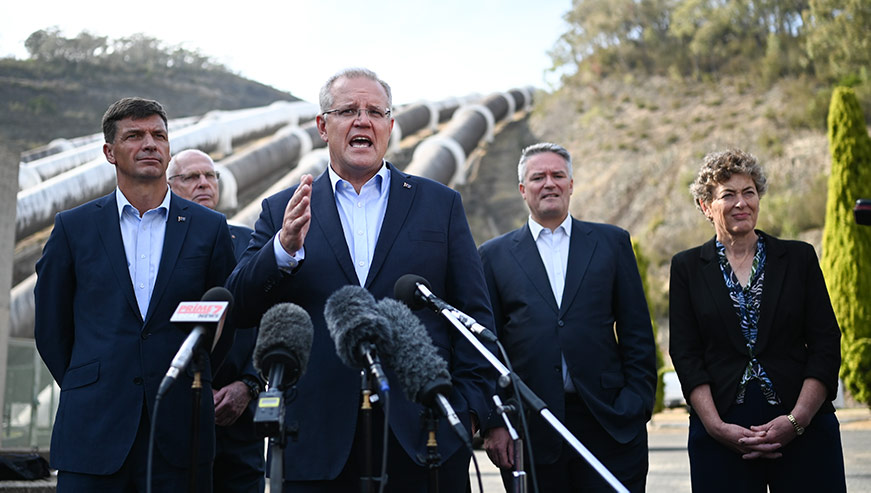
Since the building of Snowy 2.0 became a fait accompli, the market operator has basically designed its 30-year blueprint around it. Smaller projects have not been built, and transmission lines have been routed through the Snowy Mountains National Park to make sure its capacity can be delivered to where it might be useful.
This, in itself, has created massive problems. The rollout of these and other transmission lines have clearly been badly handled, and have become a lightning rod for the anti-renewable brigade and a new campaign of disinformation. It is even the (false) basis of the push for small nuclear reactors.
All of which means that – instead of being the benefit to renewables that it was hailed to be – Snowy 2.0 has become a dog of an idea, with ever increasing impacts flowing across the grid.
There is no doubt that some pumped hydro, or other deep storage (thermal storage, compressed air) is needed in the transition to wind and solar. But some experts say it might not be quite as much as thought.
David Osmond, for instance, who has been modelling this in detail for a couple of years, suggests that 24GW and five hours storage, or 120GWh, could be enough for a grid not quite at 100 per cent renewables. It needs to be distributed around the grid, but it could be mostly batteries.
There are some lessons to be learned here – mostly about treating vanity projects with a great deal of caution. Queensland risks going down the same path with the Borumba and Pioneer-Burdekin pumped hydro projects, which are even bigger than Snowy 2.0.
It is possible they might be a good idea, and worth the money, but you wonder about the calibre of the due diligence that needs to be conducted once they have been announced and promoted so gleefully by the government.
The Marinus Link, and the Battery of the Nation project in Tasmania, serve as another lesson – the cost blow outs has already forced the federal and state governments to cut the project in half. That’s not an option with Snowy 2.0, and we will be paying the consequences for some time to come.

